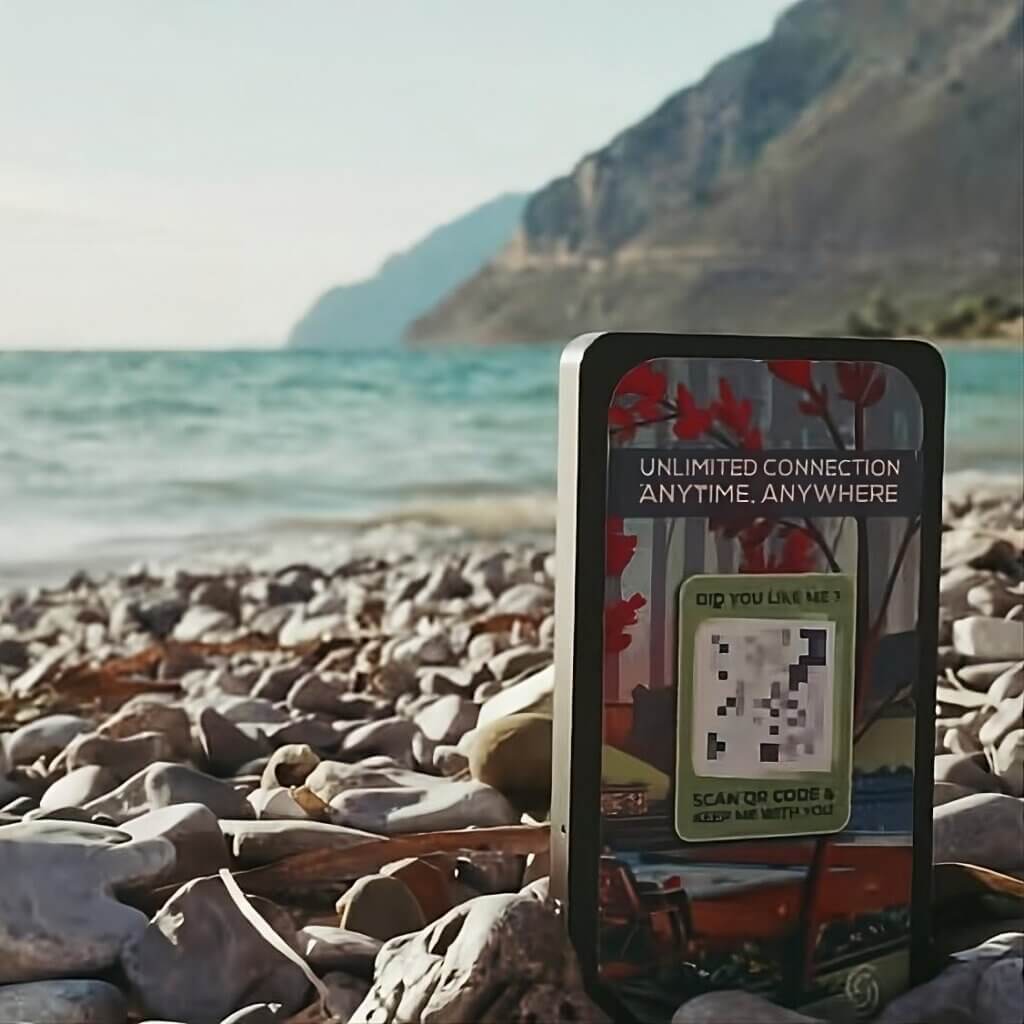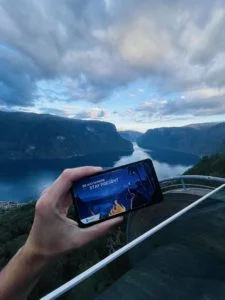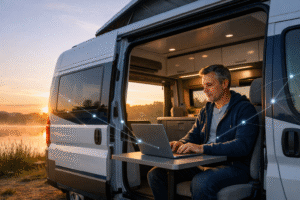5 Urban Planning Ideas for the Digital Nomad Life

Imagine this: you sip your morning cappuccino in a vibrant city square, flawlessly uploading edits for your latest project. No cramped apartment, no fixed schedule, just the freedom to work and explore like a true digital nomad. But finding cities catering to this remote work revolution can be tricky. Often, infrastructure lags behind, leaving nomads battling slow Wi-Fi, limited co-working spaces, and a lack of community.
Fear not, wandering techies! The future of urban planning is shifting, with innovative ideas creating cities tailor-made for the nomadic lifestyle. So, pack your laptop, unlock the world, and dive into these 5 urban planning concepts designed to make your nomad dreams a reality:
Key Takeaways:
- Digital Infrastructure: Reliable Wi-Fi, abundant co-working spaces, and accessible power outlets are essential for a productive remote work environment.
- Community & Connection: Fostering a sense of belonging through social events, shared workspaces, and dedicated “nomad zones” combats isolation and creates a supportive community.
- Flexible Living: Diverse housing options like coliving spaces, short-term rentals, and co-working accommodations cater to the nomad lifestyle’s temporary nature.
- Sustainable Design: Eco-conscious planning with green spaces, walkable streets, and bike-friendly infrastructure promotes healthy living and environmental responsibility.
- Digital Inclusion: Affordable internet access, tech education programs, and public Wi-Fi hotspots ensure everyone can participate in the remote work revolution.
Wired for Work: Infrastructure Built for the Digital Age

Picture strolling through a bustling square, editing videos seamlessly while sipping your cappuccino. Digital nomads crave reliable, high-speed internet, and forward-thinking cities are delivering:
- City-wide Wi-Fi: Imagine public spaces, parks, and entire neighborhoods transformed into free Wi-Fi zones, eliminating the hunt for a strong connection.
- Municipal co-working spaces: Affordable, well-equipped workspaces with reliable internet and comfortable seating become havens for nomads, fostering collaboration and networking.
- “Power Alley” concepts: Streetside installations offer charging stations, free Wi-Fi, and shaded workspaces, turning any corner into a mobile office.
- Incentives for internet providers: Cities can attract innovative providers by offering tax breaks or streamlined permitting, leading to increased competition and better deals for nomads.
By investing in digital infrastructure, cities not only attract nomads but also empower local residents to participate in the remote work economy.
Craving seamless connectivity on your nomadic adventures? Explore ConnectPls’s mobile data plans and eSIM options, keeping you online even in remote corners!
Building Community: Bridging the Gap Between Remote and Real

The nomadic lifestyle can be isolating, especially in unfamiliar cities. To combat this, urban planners are fostering a sense of community through:
- Nomad-specific co-working spaces: Offering social events, networking opportunities, and shared living areas, these spaces foster friendships and collaboration.
- Dedicated “nomad zones” in cafes and restaurants: Designated areas with reliable Wi-Fi, comfortable seating, and fellow nomads create a sense of belonging and connection.
- Buddy programs: Matching newcomers with local residents willing to share insider tips, answer questions, and offer cultural insights fosters genuine connections.
- Language exchange programs: Integrating nomads into language exchange programs allows them to learn the local language while building meaningful connections with residents.
By nurturing a sense of community, cities transform from mere stopovers into vibrant, welcoming homes for the nomadic soul.
Living on the Move: Housing Options for Flexible Lives

Digital nomads don’t need traditional apartments – they crave flexibility and affordability. Forward-thinking cities are catering to this with:
- Coliving spaces: Offering shared living quarters, communal kitchens, and social events, these spaces provide affordability, convenience, and instant community.
- Short-term rental platforms: Streamlining regulations and partnerships with platforms like Airbnb allows nomads to easily find comfortable, temporary housing that suits their needs and budget.
- Co-working accommodations: Integrating living quarters with co-working spaces creates an all-in-one solution, where nomads can work, relax, and socialize without leaving the building.
- Micro-apartments: Designed for efficiency and affordability, these tiny living spaces cater to the minimalist nomad mindset, offering everything needed in a compact footprint.
By diversifying housing options, cities become adaptable to the ever-changing needs of the nomadic population.
Greener Nomads, Greener Cities: Sustainable Design for the Future

Digital nomads often prioritize eco-conscious living. Cities can attract them and contribute to a healthier planet by:
- Prioritizing walkable and bike-friendly infrastructure: Encouraging alternative transportation reduces traffic congestion and promotes a healthier lifestyle for both residents and nomads.
- Creating abundant green spaces: Parks, public gardens, and urban green areas provide opportunities for relaxation, recreation, and connection with nature, enhancing quality of life for all.
- Promoting renewable energy: Investing in solar panels, wind turbines, and other renewable energy sources reduces reliance on fossil fuels and creates a more sustainable future.
- Supporting local businesses and sustainable practices: Encouraging farmers markets, eco-friendly cafes, and shops selling locally sourced goods aligns with nomadic values and fosters a thriving sustainable economy.
- Integrating nature into the built environment: Green roofs, vertical gardens, and biodiverse landscaping contribute to cleaner air, cooler temperatures, and a more aesthetically pleasing urban experience.
By embracing sustainable practices, cities not only attract eco-conscious nomads but also position themselves as leaders in the global movement towards a healthier planet.
Digital Inclusion: Bridging the Divide for Everyone

The digital nomad movement shouldn’t leave anyone behind. Cities can ensure everyone has the opportunity to participate in the remote work revolution by:
- Offering affordable internet access: Subsidized internet plans, public Wi-Fi hotspots, and community tech centers ensure everyone can connect, regardless of socioeconomic background.
- Providing tech education programs: Free or low-cost workshops and training programs equip residents with the digital skills needed to thrive in the online economy.
- Investing in digital literacy initiatives: Educating residents on online safety, data privacy, and responsible internet use empowers them to navigate the digital world confidently.
- Bridging the digital divide gap: Partnering with NGOs and tech companies to bring affordable internet access and resources to underserved communities ensures fair access to the opportunities of the remote work revolution.
By prioritizing digital inclusion, cities create a more equitable and prosperous future for all, attracting a diverse range of skilled individuals and fostering a vibrant, inclusive community.
Conclusion: Building Cities for the Future, Together

The digital nomad revolution is reshaping the way we live and work. By embracing these urban planning ideas, cities can transform themselves into attractive, sustainable, and inclusive destinations for the 21st-century workforce. From reliable internet access to vibrant communities and eco-friendly living, cities have the power to create environments where digital nomads can thrive, contribute, and leave a positive impact. So, pack your bags, embrace the flexibility, and explore the exciting possibilities of cities designed for the future, built with nomads in mind.



